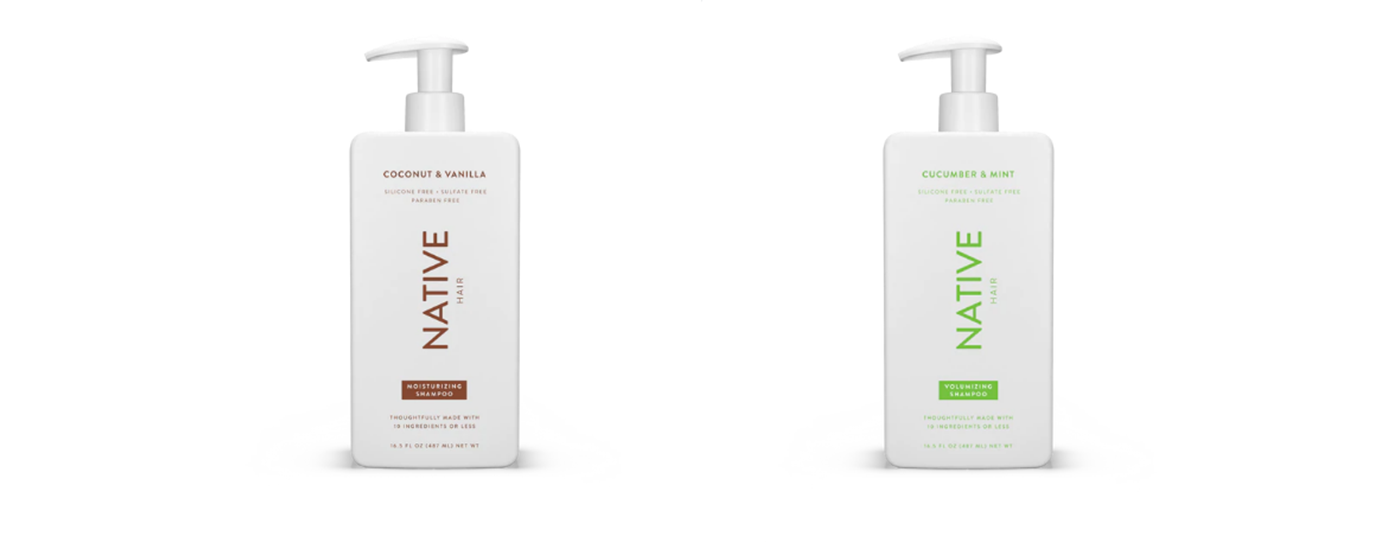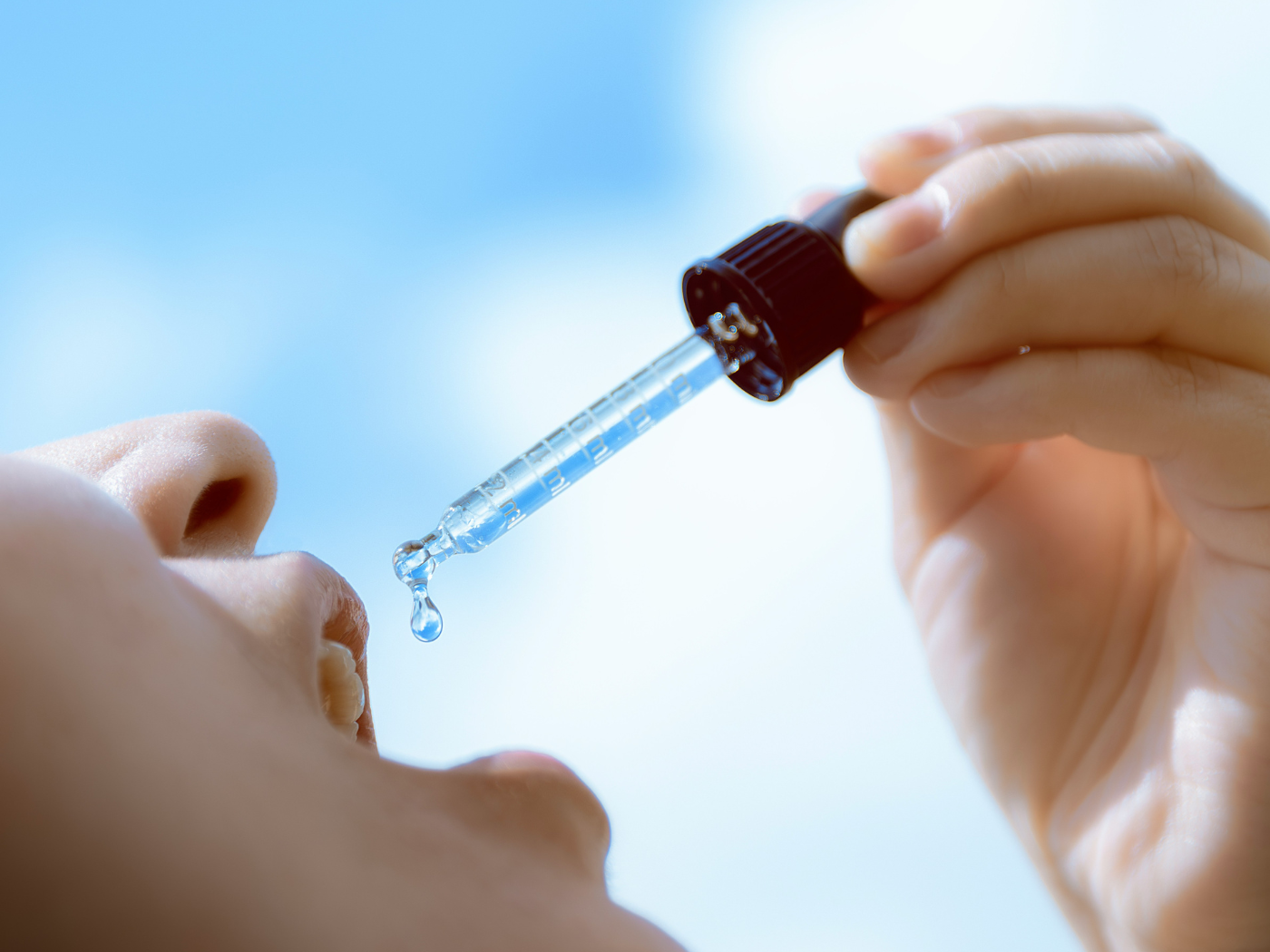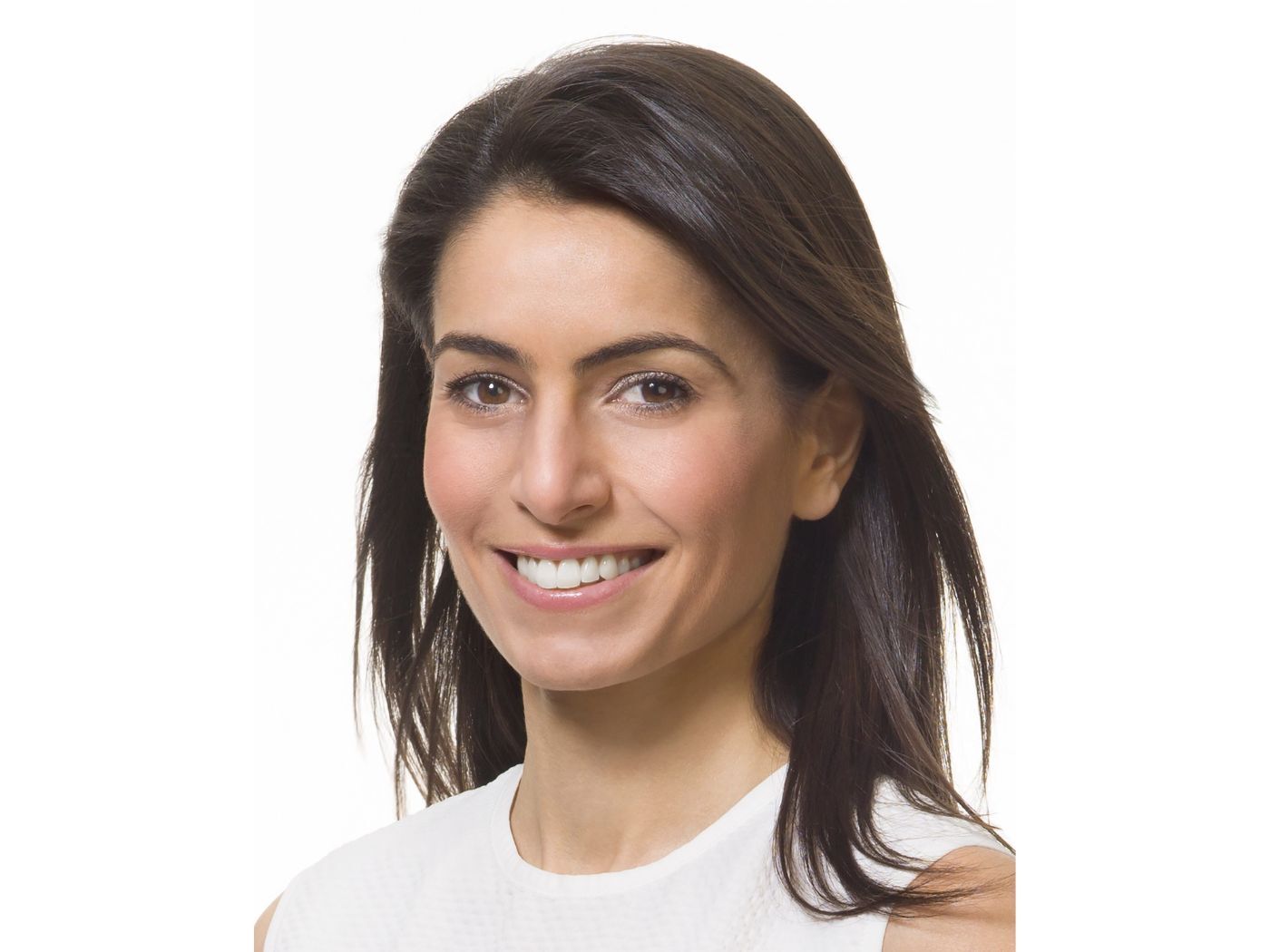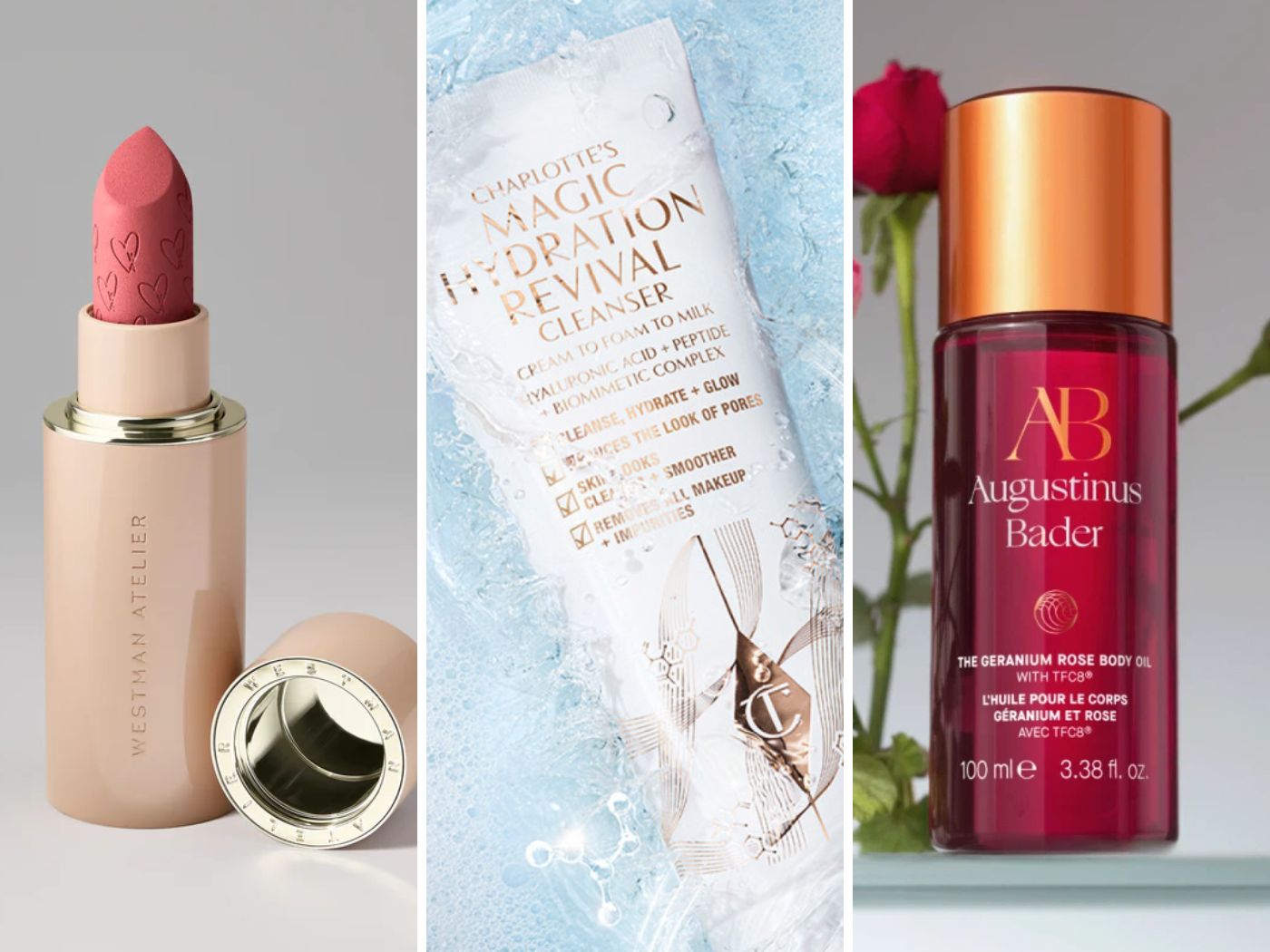Call it a hairvolution. Thanks to the pandemic and a new self-care paradigm, today’s hair care consumer has revamped her routine, and reexamined her overall care needs. Key for the modern shopper is ease of use — in the form of streamlined products that help stretch out hair washes and deliver long-term, health-boosting benefits. As consumer needs evolve, P&G is looking to hair care as the next frontier for success.
“She’s looking for more simplicity instead of complicated routines,” said Lela Coffey, Vice President for P&G Beauty’s North America Hair Care Portfolio and Multi-Cultural Beauty. “She’s so busy in other areas of her life, her hair doesn’t need to be as complicated to get better results.”
According to Lela, as the pandemic unfolded, women’s relationships with their hair began evolving. Consumers reduced their hair washing frequency from three or four times a week down to about two and a half times. What this means, according to Lela, is that the treatment and styler category is “starting to play a different role” than ever before.
“I think the pandemic reset expectations a little bit, [and people started] recognizing that it’s not as healthy for your hair to be washed as frequently as you were,” said the CEW Beauty Creators Awards Ambassador. “[Today’s customer is] looking for more products to help maintain their style and their look in between those washes.”
This customer doesn’t only want formulas that are functional for everyday use, but also those that offer wellness over the long term. Echoing the greater skinification trend in the beauty industry, proactive scalp and follicle protection are a customer focus. And so is a “higher quality level of multi-tasking products” designed to keep hair healthy, for as long as possible.
“She’s looking for products that don’t just repair damage, but also help her be proactive against it,” said Lela. “We really are seeing some of what we see in skin — where we women are proactively managing anti-aging in hair.”
In that same ilk, today’s consumer is looking for more personalized results, as she knows her hair — like her skin — has specific needs that change, sometimes from day to day. “One of the big things we’re seeing is what we call personalization or hair,” said Lela. “She wants the ability to be able to change the product that he’s using by day, but not have 50 bottles of shampoo and conditioner sitting in her shower.”
To help deliver that one-to-one experience consumers are craving, P&G has launched a collection of customizable beauty boosters under the Pantene brand. Available to improve hydration, provide anti-frizz benefits, and impart hair strengthening or color enhancing, each booster is designed to be mixed into conditioner to provide treatment-like results.
“Depending on the day that your hair has had or the day your hair is going to have, it allows you to get a boost of that benefit,” said Lela, underscoring that treating hair with a customizable approach is equally important for the multicultural market.
“[The multicultural consumer] could have three different types of hair on their head,” she said. “I think one of the things that tend to happen in this space is that people think these consumers are a monolith.”
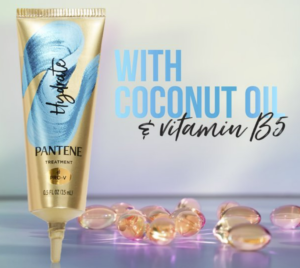 Far from being a monolith, Lela explains that today’s multicultural consumer has needs that are incredibly nuanced, and it’s not just the infinite variety of textures or hair types. It’s also due to a more discerning palette thanks to more options and more spending power than ever before. “We still see the multicultural market growing strong and still growing ahead of consumer market average,” said Lela.
Far from being a monolith, Lela explains that today’s multicultural consumer has needs that are incredibly nuanced, and it’s not just the infinite variety of textures or hair types. It’s also due to a more discerning palette thanks to more options and more spending power than ever before. “We still see the multicultural market growing strong and still growing ahead of consumer market average,” said Lela.
To stay relevant, brands need to offer products and shopping environments that go far beyond lip service. “It’s not just about having the product on the shelf, it’s making sure that women feel welcome shopping, and that the relevance and representation resonance is really there to keep this consumer.”
According to Lela, today’s explosion of multicultural brands and innovative offerings has a lot to do with retailer demand. She said that because many beauty supply stores and salons were unavailable during the pandemic, a flood of customers came into traditional retail spaces for their hair care. As a result, these retailers realized they had to offer the right products to keep them in their channel. Thanks to this new paradigm as well as D&I efforts like The 15% Pledge, beauty outposts are taking on more and more black-owned brands, and thinking differently about diversity.
“I think the pivotal change was retailers pulling for those products, that’s really what wasn’t there before,” said Lela. “When I started on this journey, multi-culture was an afterthought for almost everybody, [but] with demographics changing the way they are, the purchasing power that women of color have and just the sheer amount of dollars that we spend in the hair space, everybody looks at those numbers and says, ‘we have to find a way to win with these consumers.’”
When looking at the P&G portfolio, Lela said the company focused on offering a diverse assortment of products that speak to the multitude of hair needs for the multicultural community. Among P&G’s best-selling product offerings for this consumer are the Pantene Gold Series Leave-On Detangling Milk, Hydrating Butter-Crème, and Intense Hydration Oil, as well as brands like My Black is Beautiful, Head & Shoulder Royal Oils, and Bevel and Walker & Company — two brands that serve Black men from a beard and skin perspective.
“We are still very set on making sure that this consumer, whether it’s male or female, has the products they need to not only simplify their hair routine, but make sure that their hair is going to be healthier no matter what they do to it,” said Lela. “We have developed that portfolio so we can serve them from a variety of benefits, whether that’s hydration or scalp or protective style care. Efficacy really continues to be a key unmet need for this consumer, and we are really setting out to make sure that we are delivering the products that are going to do what they say.”
In addition to the multicultural consumer, Lela said the company is also focusing on the 50-plus hair client, as this is another demographic with unmet needs. She mentions P&G’s new Hair Biology brand, which is targeted at that exact demographic, and Lela said is poised to grow
“Twelve thousand people turn 50 every day,” said Lela. “This is a consumer who is not even being sufficiently served today, [but makes up] 36 percent of the population. This is a woman who’s not trying to look young, she’s just trying to look beautiful, but only 7 percent say that they are having a good hair day. So, we created Hair Biology to really be efficacious for the changes that our hair is experiencing, and really to just make her feel seen…. Life doesn’t stop at 50.”
Looking to the future, Lela said P&G hair care will continue serving the evolved, and evolving hair consumer with products that make hair healthier over time, as well as those that support low-maintenance hair styling. Lela also reveals that P&G will continue offering unique, social media-friendly collaborations through strategic acquisitions, like Native Haircare — an offshoot of the popular natural deodorant—who has just partnered with the cupcake brand, Baked by Melissa, for a fun, sweetly-scented collaboration.
It’s really been a delight for us to see how Native has grown — people love it as a hair brand,” she said, adding that there would be some more “interesting collaborations” to keep an eye out for in the near future. “Brands with strong stories are trusted by the consumer, and you especially you see that with the multicultural consumer — those with strongest stories tend to resonate the most.”
